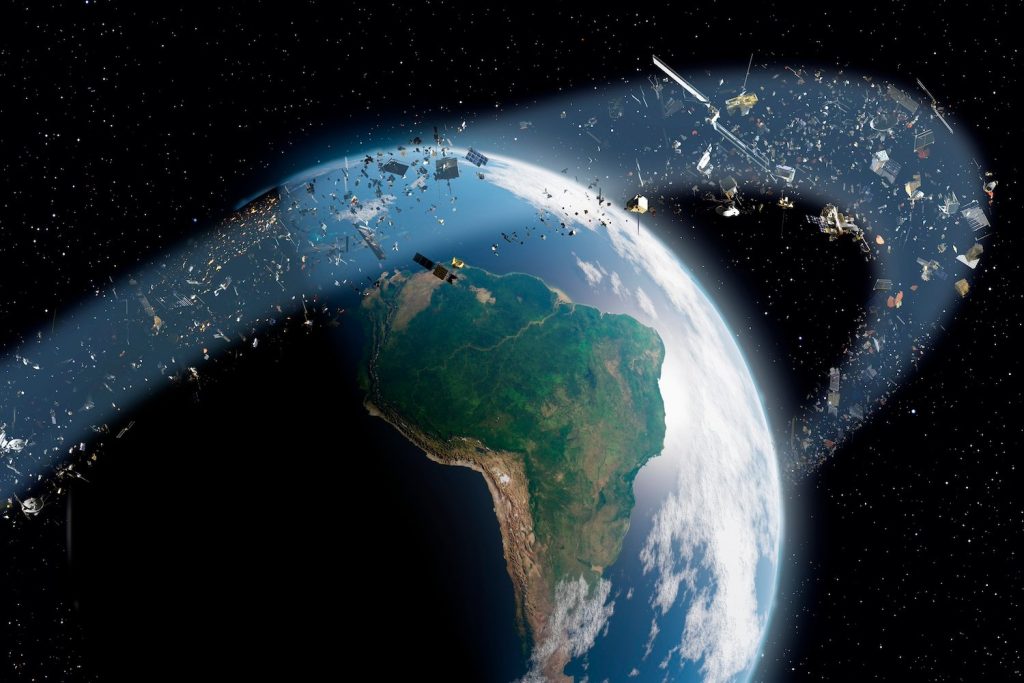A communications satellite broke apart into smaller fragments in geostationary orbit after an unexpected failure rendered it irrecoverable, littering space with more junk that increases the chance of collision with other spacecraft.
The Intelsat 33e satellite, designed to provide communication services to Europe, Africa, and parts of the Asia-Pacific region, lost power after experiencing an anomaly on Saturday, satellite provider Intelsat announced. “We are working closely with Boeing, the satellite manufacturer, to address the situation,” the company wrote in its statement. “Based on the information available to us, we believe it is unlikely that the satellite will be recoverable.”
Shortly afterwards, the U.S. Space Force confirmed the breakup of Intelsat 33e and began tracking 20 pieces of debris associated with the satellite. “S4S [U.S. Space Forces-Space] has observed no immediate threats and is continuing to conduct routine conjunction assessments to support the safety and sustainability of the space domain,” the Space Force wrote on X. It’s not clear why the satellite broke apart, but it may have been due to its propulsion system exploding.
Intelsat 33e launched in August 2016 to geostationary orbit (GEO), a circular orbit above Earth’s equator that has the same orbital period as Earth’s rotation, and began operations in January 2017. The now-defunct satellite was the second of Intelsat’s next-generation broadband series, EpicNG, designed to provide higher throughput and efficiency for telecommunications services.
So far, the satellites are not looking too good. The first satellite, Intelsat-29e, suffered a failure in 2019, just three years after its launch, due to either a meteoroid impact or a wiring flaw that caused an electrostatic discharge due to increased solar weather activity, according to SpaceNews. (My money is on the wiring flaw).
Even the recently fallen satellite has had a rough time in space. It began operations about three months later than planned due to an issue with its primary thruster, which was followed by a second propulsion issue during in-orbit testing, SpaceNews reported. The back-to-back failures decreased the satellite’s lifespan by 3.5 years. It was originally designed to operate for 15 years.
Jonathan McDowell, an astrophysicist from the Harvard-Smithsonian Center for Astrophysics who tracks objects in orbit, estimates that there have been 16 breakup events in or near geostationary orbit. “I think the aggregate of about 16 GEO debris events so far is starting to make the risk of at least small debris hits to other sats worrying,” McDowell wrote on X.
Collisions in GEO are less likely to occur than in low Earth orbit since satellites in geostationary orbits are on the same plane, altitude, and speed. However, satellites in GEO have limited maneuverability to avoid incoming objects from smacking into them, which makes the increasing amount of debris in geostationary orbit a worrying problem. Companies launching satellites to space should be wary of the effects broken-up fragments can have on other objects in orbit before our planet is smothered by an orb of flying metal.

